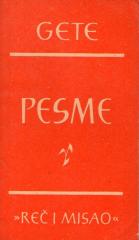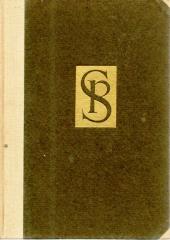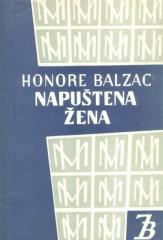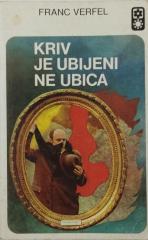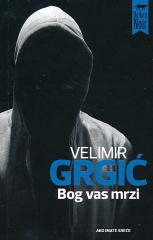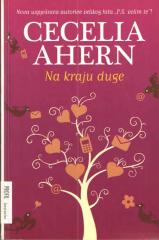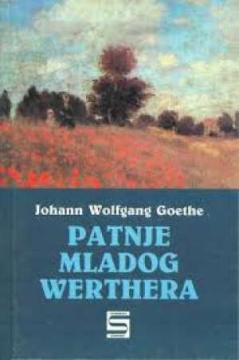
Patnje mladog Werthera
At one time, Mrs. de Staßl, who was extremely influential, said of Goethe's "Werther" that it was "a work that has killed more men than the most beautiful woman could."
Goethe's story about the love of a young man for his friend's fiancee and later his wife, with a tragic ending and all soaked in sentimentality, through which a protest against social discrimination also runs, resonated among contemporaries in different ways.
Germany, and very soon the entire cultural world that received translations, is suffocating in streams of tears, literature, painting, music are choked with the motifs of Werther, and the general public imitates Goethe's heroes in everything, and even in the way they dress. Men thus begin to wear in reality (like Werther in the novel) a blue riding coat with brass buttons, a yellow waistcoat and trousers, and high boots with brown edges.
This fashion came at that time from England, and was a kind of protest against the frivolity and stiffness of Rococo. As Goethe himself wore these clothes when he arrived in Weimar, the whole court began to dress like that, including Duke Karl August, who used to call other people Goethe's monkeys. The women of course followed Lotta's fashion line: a long white dress with a high waist, short sleeves and a plunging neckline, with bright red ribbons on it.
In the 19th century, the Croatian cultural audience received Goethe's works mainly in the original language, which explains the relatively late publication of the translation. So "Ladies of Young Werther" were first printed in 1931 in the translation of M. Cihlar Nehajev, but since then several editions with different translators have appeared.
Among them are I. V. Lalić, I. Hergešić, S. Slamnig, Vera Čičin-Šain, and the latest translation is by S. Mutak, published a few years ago.
Nema primeraka u ponudi
Poslednji primerak je nedavno prodat.
